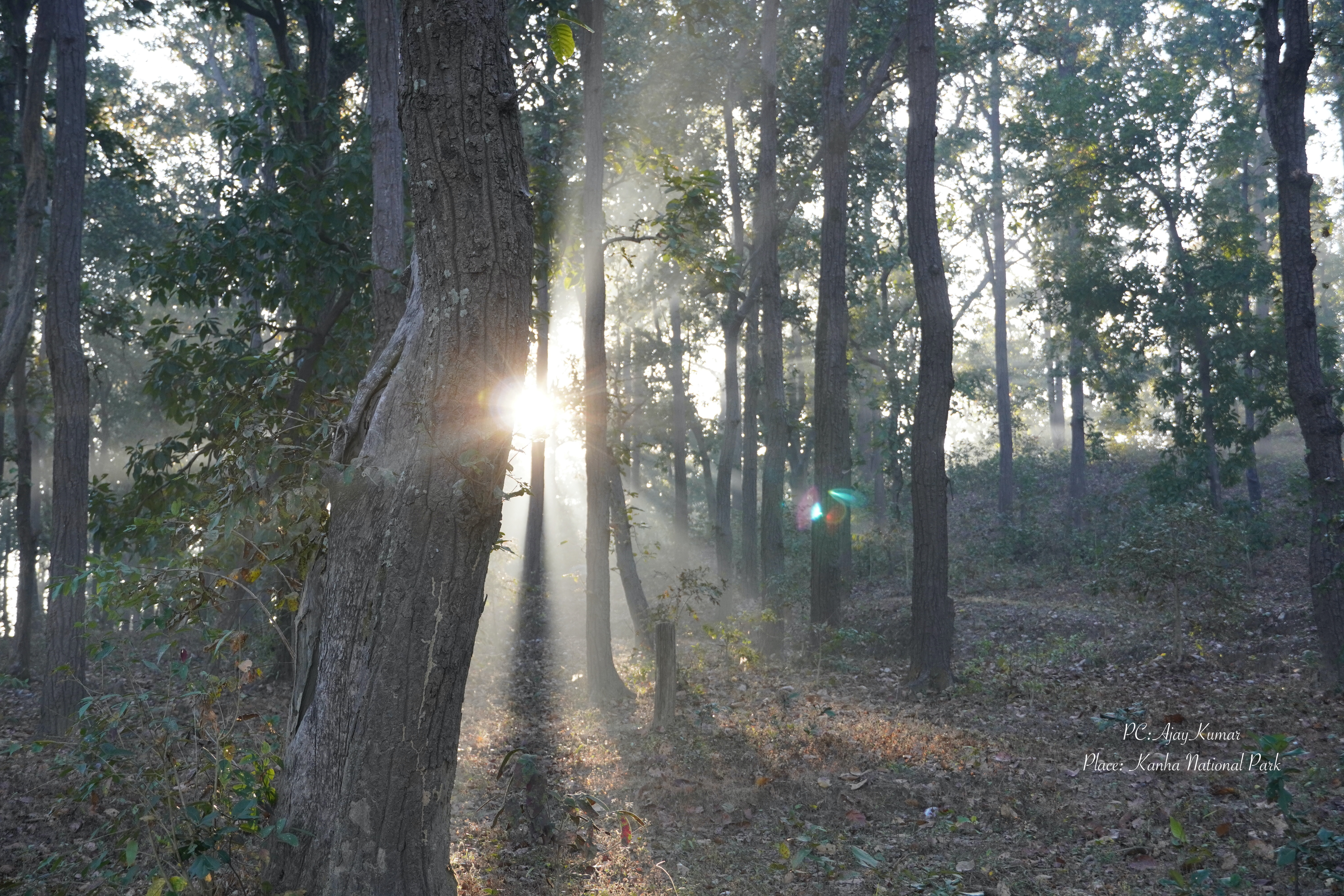Volume 11 Issues 3 March, 2021
The Bogeyman called Dissent
In the recent ‘Toolkit case’, a climate change activist was charged with alleged incitement of violence in the ongoing farmer’s protest but was soon freed of the charges on grounds of sketchy and insufficient evidence. In all of the chaos, the key actor was unmistakably Dissent!
I sit in my chair as quietly as a fuse
– Margaret Atwood
From a developmental point of view, dissent is an important component of identity formation in adolescent years. Among the 4 stages, identity diffusion, identity foreclosure, moratorium, and identity achievement, individuals in the moratorium status are engaged in exploring who they are but have not reached a point in which they have committed to a particular ego identity. This stage gives rise to opportunities to deliberate and question dogmas of social life. Thus, for an adolescent to say ‘No’ and to emphasise on his/her own view becomes a crucial point of trying to establish a sense of Self.
In order for dissent to be displayed, two psychological factors are required: a capacity to form alternate perspectives (openness to experience), and a motivation to express them to others (conscientiousness). For those high on openness to experience, to debate and dissect situations would come in easily. Conscientiousness determines ease of expression of a deviant perspective as well as the ability to organize one’s thoughts into a coherent expression, develop a plan regarding how to persuade others, etc.
Though dissent has such thought-provoking stratifications, it is not always welcome in the social world. Yet, dissent may just cause the whole world to come around…not all the time but sometimes most definitely! Think of Mahatma Gandhi, Anna Hazare, Ruth Bader Ginsburg, Aung San Suu Kyi or Greta Thurnberg!


